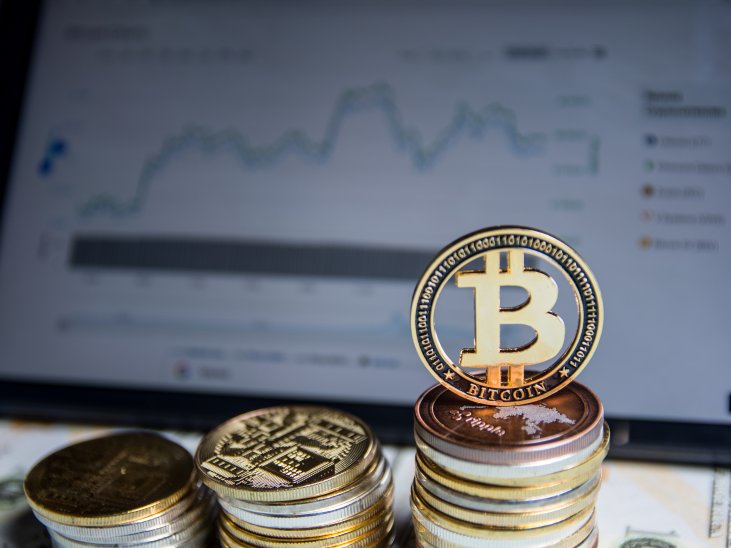New streaming services: more choice or just more frustration?
In the latest evolution of the streaming market, two more providers have launched a service in the Netherlands this month: HBO Max – which is making a large amount of WarnerBros content available for Dutch viewers – and Viaplay, which has Formula 1 racing as its major USP. But is the streaming market large enough to offer all the providers and content producers a satisfactory piece of the pie? And what about the viewers – is more choice beneficial for them, or will it just cause more frustration?
Streaming providers
Streaming providers are battling each other for the viewer’s attention in an increasingly crowded market. In the Netherlands, incumbents such as Netflix, Videoland, and Disney+ are the most popular streaming services, but Amazon Prime Video, Apple TV, Discovery+, NLziet and NPOplus are gaining popularity each year. Some providers hope to grow by positioning themselves as niche players – such as newcomer Viaplay with its focus on sports, Disney+ as a provider of family-friendly entertainment and Videoland with its home-grown content. New pricing models can be another source of differentiation. For example, Disney recently followed Videoland’s example by announcing an ad-supported subscription option.
Content producers
At first glance, it seems as if content producers stand to benefit since they can sell their productions to more streaming providers. However, as we have seen in the past (such as during the rise of e-commerce platforms), the positive effect of more points-of-sale is often limited. In fact, fragmentation of the market is likely to increase the price pressure as the dominant streaming providers demand lower prices from content producers in order to remain competitive themselves. In addition, the streaming market already includes numerous streaming providers who produce their own content. Therefore, this two-sided market is evolving into a general client-supplier relationship, with the streaming providers increasingly fulfilling the role of content producers too.
Viewers
Although additional streaming providers offer viewers access to new and previously unavailable content, fragmentation ultimately has huge disadvantages for consumers. After all, each new streaming service means an extra subscription fee, and the costs of subscribing to multiple streaming services are already rising to above €45-60 per month*. It is estimated that, in order to limit their costs, most viewers restrict their subscriptions to a maximum of three providers. This leaves people feeling frustrated when content that they want to watch is only available through other services.
In the long run, none of the players in this ecosystem are gaining true benefits by further intensifying the competitive pressure. At INNOPAY, we believe that in competitive markets, collaboration is the only way to grow the pie for everybody, as discussed in our previous blog about the growing fragmentation in the streaming market.
*Based on the prices (as of March 2022) of the four most popular streaming services (Netflix, Videoland, Disney+, Amazon Prime) and two new services (Viaplay, HBO Max) in the Netherlands.




